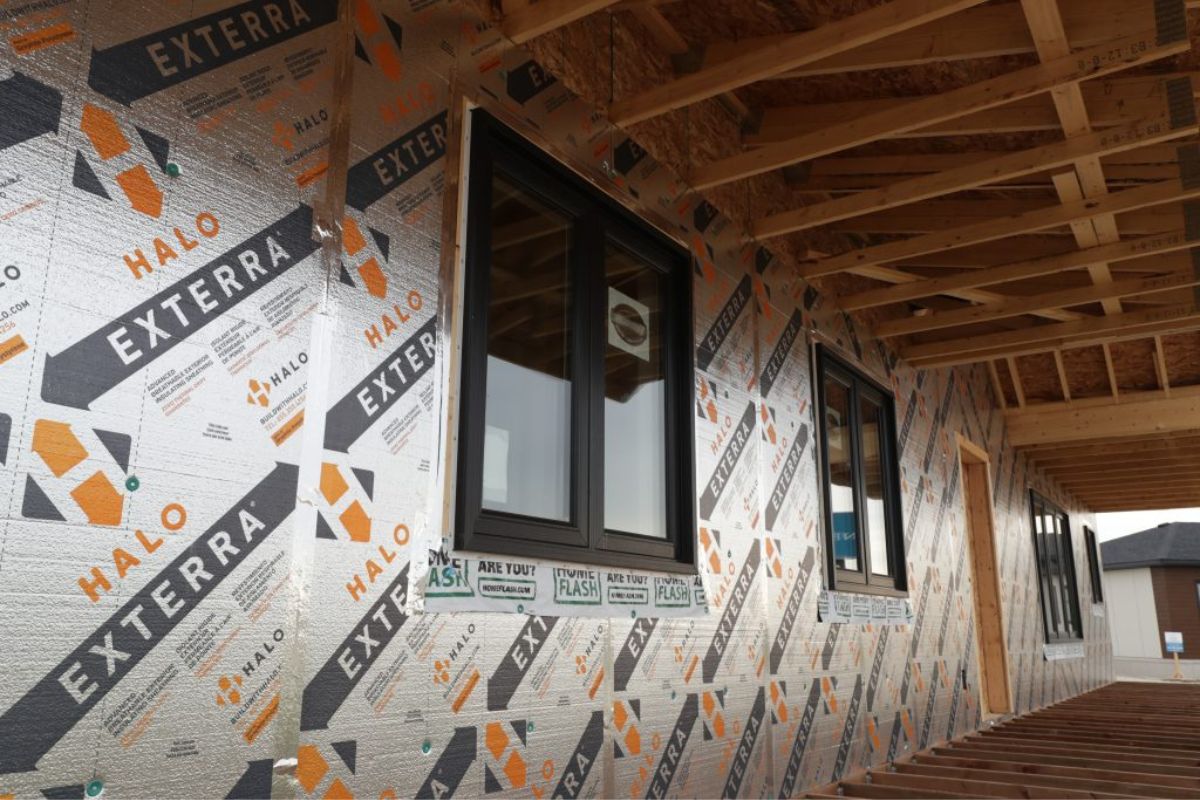

Articles
How Thick Should Foam Board Insulation Be
Modified: December 7, 2023
"Learn about the ideal thickness of foam board insulation in this informative article. Discover how different factors determine the thickness you need for optimal insulation."
(Many of the links in this article redirect to a specific reviewed product. Your purchase of these products through affiliate links helps to generate commission for Storables.com, at no extra cost. Learn more)
Introduction
Foam board insulation is a popular choice for homeowners looking to increase energy efficiency and reduce heat loss in their homes. It provides an additional layer of insulation to the walls, floors, and ceilings, helping to keep the indoor temperature comfortable and reducing the reliance on heating and cooling systems. However, choosing the right thickness of foam board insulation is crucial to maximize its effectiveness and achieve optimal energy savings.
In this article, we will explore the factors to consider when determining the appropriate thickness of foam board insulation for your home. We will delve into climate considerations, energy efficiency concerns, building code requirements, and installation considerations to help you make an informed decision. By the end of this article, you will have a better understanding of how thick your foam board insulation should be for your specific needs.
Key Takeaways:
- Choose foam board insulation thickness based on climate, energy efficiency, and building codes. Balance effectiveness and cost for optimal energy savings and comfort.
- Consider installation constraints and structural requirements when determining foam board insulation thickness. Professional assessment ensures the right fit for your home.
Read more: How To Cut Insulation Foam Board
What is Foam Board Insulation?
Foam board insulation, also known as rigid foam insulation, is a type of insulation material that is made from polystyrene or polyisocyanurate foam. It comes in the form of rigid panels that are typically installed in walls, roofs, or floors to provide thermal and sound insulation.
This type of insulation offers several advantages over other insulation options. First and foremost, foam board insulation has a high R-value, which measures its resistance to heat transfer. This means that it provides excellent insulation properties, helping to keep the indoor temperature stable and reducing energy consumption. Additionally, foam board insulation is lightweight, durable, and easy to install, making it a popular choice for both new construction and retrofitting projects.
There are two main types of foam board insulation: expanded polystyrene (EPS) and extruded polystyrene (XPS). EPS foam board insulation is made by expanding polystyrene beads and molding them into rigid panels. It is known for its excellent insulation properties and resistance to moisture. XPS foam board insulation, on the other hand, is made by extruding polystyrene and blowing agents through a process that results in a closed-cell structure. XPS insulation is more moisture resistant and has a higher compressive strength compared to EPS.
Both EPS and XPS foam board insulation can be used in various applications. They are commonly used in exterior walls, interior walls, roofs, foundations, and under concrete slabs. When properly installed, foam board insulation can help reduce heat loss, improve energy efficiency, and create a more comfortable living environment.
Factors to Consider When Choosing the Thickness of Foam Board Insulation
Choosing the right thickness of foam board insulation is essential to ensure its effectiveness in providing insulation and energy savings for your home. Here are some important factors to consider:
- Climate considerations: The climate in your region plays a significant role in determining the thickness of foam board insulation you should use. In colder climates, where the temperature drops significantly, thicker insulation is generally recommended to minimize heat loss. In warmer climates, where the primary concern is to keep the heat out, a thinner insulation layer may be sufficient.
- Energy efficiency considerations: The level of energy efficiency you want to achieve in your home will also impact the thickness of foam board insulation you need. If you’re aiming for maximum energy savings and a tightly sealed home, a thicker insulation layer is advised.
- Building code requirements: It’s important to check your local building codes to ensure compliance with the minimum required insulation levels. Building codes may dictate specific thickness requirements based on factors such as climate zone and building type.
- Installation considerations: The existing structure and space available for insulation installation should be taken into account. In some cases, there may be limitations on the thickness of insulation that can be used due to space constraints or structural considerations.
Additionally, it’s crucial to consult with a qualified insulation professional or conduct a thorough energy audit of your home to determine the most appropriate insulation thickness. They can assess factors such as the type of construction, the condition of existing insulation, and the overall insulation needs for your specific home.
Remember that while thicker insulation generally provides better thermal performance, it’s important to strike a balance between cost, effectiveness, and practicality. Installing insulation that is too thick for your needs may result in unnecessary expenses without significant additional benefits.
By carefully considering these factors, you can determine the optimal thickness of foam board insulation that will provide the best energy savings, comfort, and efficiency for your home.
Climate Considerations
When choosing the thickness of foam board insulation for your home, one of the most critical factors to consider is the climate in your region. Different climates have varying temperature ranges, humidity levels, and heating or cooling demands, which can influence the desired insulation thickness.
In colder climates with harsh winters, it’s essential to have sufficient insulation to minimize heat loss and keep the indoor temperature comfortable. Thicker insulation helps to create a thermal barrier, preventing cold air from infiltrating and reducing the need for excessive heating. Insulation thickness of at least 2 inches, or higher, is typically recommended in colder climates to provide adequate thermal resistance and energy efficiency.
In warmer climates with hot summers, the primary goal is to reduce heat gain and keep the indoor temperature cool. In these regions, thinner insulation can be sufficient to provide insulation benefits without over-insulating the home. An insulation thickness of around 1 inch may be suitable to provide some thermal resistance and reduce the reliance on air conditioning.
It’s worth noting that some regions experience both cold winters and hot summers. In such cases, a balance between insulation thickness is necessary to address both heating and cooling demands effectively. Consultation with an insulation professional or energy auditor is crucial for accurate recommendations tailored to your specific climate.
In addition to temperature considerations, humidity levels should also be taken into account. High humidity can cause moisture-related issues, such as mold and mildew growth. In humid climates, it’s essential to choose foam board insulation that has moisture-resistant properties and install it properly to prevent the accumulation of moisture within the insulation layers.
By considering the unique climate characteristics of your region, you can select the appropriate thickness of foam board insulation to create a comfortable and energy-efficient living environment in your home.
Foam board insulation should be at least 1 inch thick for most applications, but thicker boards (up to 3 inches) are recommended for areas with extreme temperatures. Thicker insulation provides better thermal resistance and energy efficiency.
Energy Efficiency Considerations
Energy efficiency is a crucial aspect to consider when determining the thickness of foam board insulation for your home. The right insulation thickness can significantly impact your energy consumption and reduce your heating and cooling costs.
The main goal of insulation is to minimize the transfer of heat between the inside and outside of your home. Thicker insulation provides higher thermal resistance (R-value), which indicates how effective it is at resisting heat flow. Increasing the insulation thickness can help reduce heat loss in the winter and heat gain in the summer, resulting in energy savings year-round.
When selecting the thickness of foam board insulation, consider the desired level of energy efficiency you want to achieve. Higher R-values offer better insulation performance and greater energy savings. However, it’s important to strike a balance between energy efficiency and cost-effectiveness. Thicker insulation generally provides better thermal performance, but it may come at a higher upfront cost. Determine your budget and weigh it against the potential long-term energy savings to make an informed decision.
It’s also important to note that achieving energy efficiency relies not only on insulation thickness but also on proper installation. Even the thickest insulation won’t be effective if there are gaps, air leaks, or improper sealing. Be sure to work with professional installers who can ensure proper installation techniques, including sealing all joints and edges, to maximize the performance of your insulation.
Energy efficiency is not only beneficial for reducing your energy bills but also for reducing your home’s carbon footprint. By minimizing your energy consumption, you contribute to a more sustainable and environmentally-friendly lifestyle.
Consider an energy audit of your home to assess its current energy efficiency and insulation needs. Qualified professionals can help you determine the optimal insulation thickness based on your climate, budget, and energy efficiency goals.
By making smart decisions about the thickness of foam board insulation, you can improve your home’s energy efficiency, reduce your environmental impact, and enjoy long-term cost savings on your energy bills.
Read more: Where To Buy Insulation Foam Board
Building Code Requirements
Building codes are regulations set by local authorities to ensure the safety and wellbeing of occupants in residential and commercial buildings. These codes often include requirements for insulation in order to meet minimum standards for energy efficiency and thermal performance.
When determining the thickness of foam board insulation for your home, it is important to consult your local building codes to ensure compliance with the minimum insulation requirements. Building codes may specify the minimum R-value, rather than the thickness, that is required for different climate zones or building types.
The R-value is a measure of the insulation’s thermal resistance. The higher the R-value, the better the insulation’s ability to resist heat flow. The required R-value may vary depending on factors such as climate, building size, and construction type.
Building codes also take into account other considerations such as moisture control and fire safety. Some regions may require insulation with specific properties to prevent moisture accumulation or inhibit the spread of fire. It is crucial to be aware of these requirements and choose foam board insulation that meets the necessary standards.
In some cases, building code requirements may differ from general insulation guidelines. These variations may be due to local climate conditions or specific energy efficiency goals set by the local authorities. Therefore, it is important to check with your local building department or consult a professional insulation contractor who is knowledgeable about the building codes in your area.
Failure to comply with the building code requirements can result in serious consequences, including fines, delays in obtaining permits, and difficulty in selling or insuring your property. Therefore, it is essential to understand and adhere to the insulation-related regulations set forth in your local building codes.
By ensuring compliance with building code requirements for insulation thickness and R-value, you can maintain a safe and energy-efficient home that meets the standards set by your local authorities.
Installation Considerations
When it comes to installing foam board insulation, there are several considerations that can impact the thickness you choose:
- Existing structure: The current structure of your home may impose limitations on the thickness of foam board insulation that can be installed. For example, if you have narrow stud cavities, there may be less space available for insulation. It’s important to work with a professional insulation contractor who can assess your specific situation and recommend the most suitable insulation thickness.
- Space availability: Consider the available space within the walls, ceilings, and floors for insulation installation. Thicker insulation requires more space, so it’s essential to ensure that the chosen thickness does not compromise the integrity of the structure or interfere with other components, such as electrical wiring or plumbing.
- Structural considerations: Some structures require additional considerations when choosing insulation thickness. For example, in buildings with load-bearing walls, the thickness of insulation may need to be adjusted to meet structural requirements while maintaining adequate insulation levels.
- Installation method: The method of installation can also influence the recommended thickness of foam board insulation. For instance, if the insulation is being installed on the exterior of the building, it may require thicker insulation to withstand the elements and provide sufficient protection. Conversely, interior installations may allow for thinner insulation layers.
- Vapor barrier requirements: Some climates and building codes may require the use of a vapor barrier in conjunction with foam board insulation. The decision to use a vapor barrier, and its placement, can impact the appropriate thickness of insulation. It’s crucial to follow local recommendations and guidelines to ensure proper installation and avoid moisture-related issues.
During the installation process, it is vital to follow the manufacturer’s guidelines and industry best practices. Improper installation techniques can compromise the effectiveness of the insulation and its thermal performance. Hiring a professional insulation contractor with experience and expertise in foam board insulation installations can help ensure proper installation techniques and optimal insulation thickness.
By considering these installation factors, you can determine the most suitable thickness of foam board insulation that aligns with the structural requirements and installation constraints of your home.
Conclusion
Choosing the right thickness of foam board insulation is crucial for ensuring optimal energy efficiency, thermal performance, and comfort in your home. Considerations such as climate, energy efficiency goals, building code requirements, and installation constraints all play a role in determining the appropriate thickness.
Climate considerations are key, as they influence the insulation needs of your home. Colder climates typically require thicker insulation to minimize heat loss, while warmer climates may require thinner insulation to reduce heat gain. Taking into account the energy efficiency goals for your home is also important. Increasing insulation thickness can result in higher energy savings, but it’s essential to find a balance between effectiveness and cost-effectiveness.
Understanding and adhering to local building code requirements is crucial to maintaining compliance and ensuring the safety and efficiency of your home. Building codes often specify minimum R-values for different climate zones. Failure to comply with these requirements can have serious consequences.
Installation considerations, such as existing structure and space availability, also impact the thickness of insulation that can be installed. It’s important to work with professional insulation contractors who can assess your specific situation and recommend the most suitable thickness based on your home’s unique characteristics.
In conclusion, finding the right thickness of foam board insulation involves considering a range of factors – climate, energy efficiency goals, building codes, and installation constraints. By taking these factors into account and working with knowledgeable professionals, you can choose the optimal thickness of foam board insulation that will enhance the energy efficiency, comfort, and sustainability of your home.
Frequently Asked Questions about How Thick Should Foam Board Insulation Be
Was this page helpful?
At Storables.com, we guarantee accurate and reliable information. Our content, validated by Expert Board Contributors, is crafted following stringent Editorial Policies. We're committed to providing you with well-researched, expert-backed insights for all your informational needs.
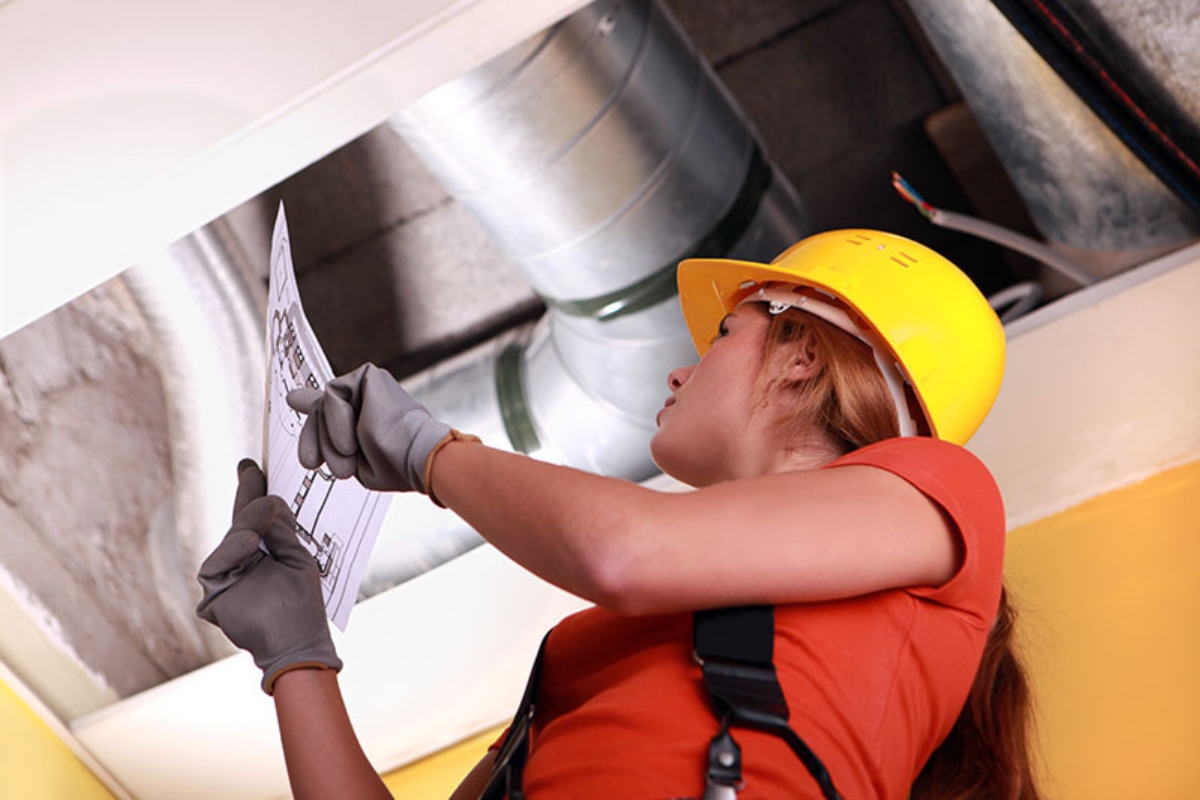
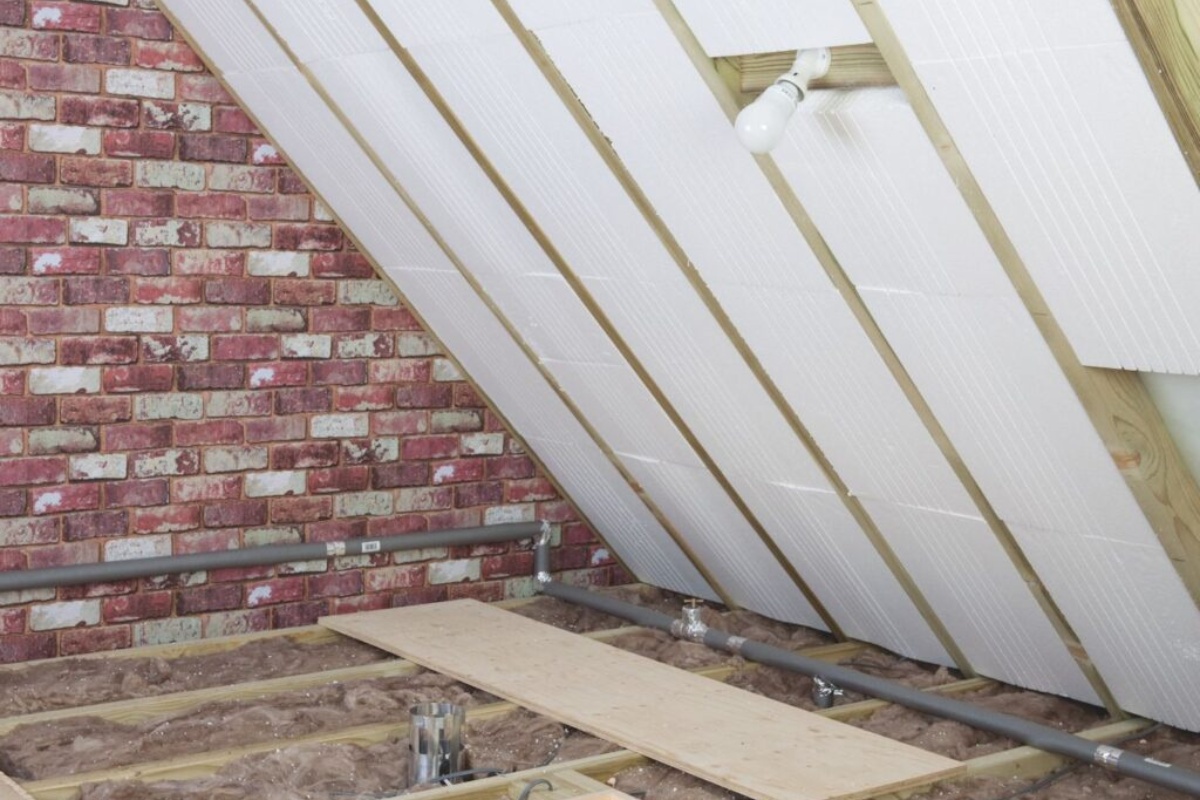

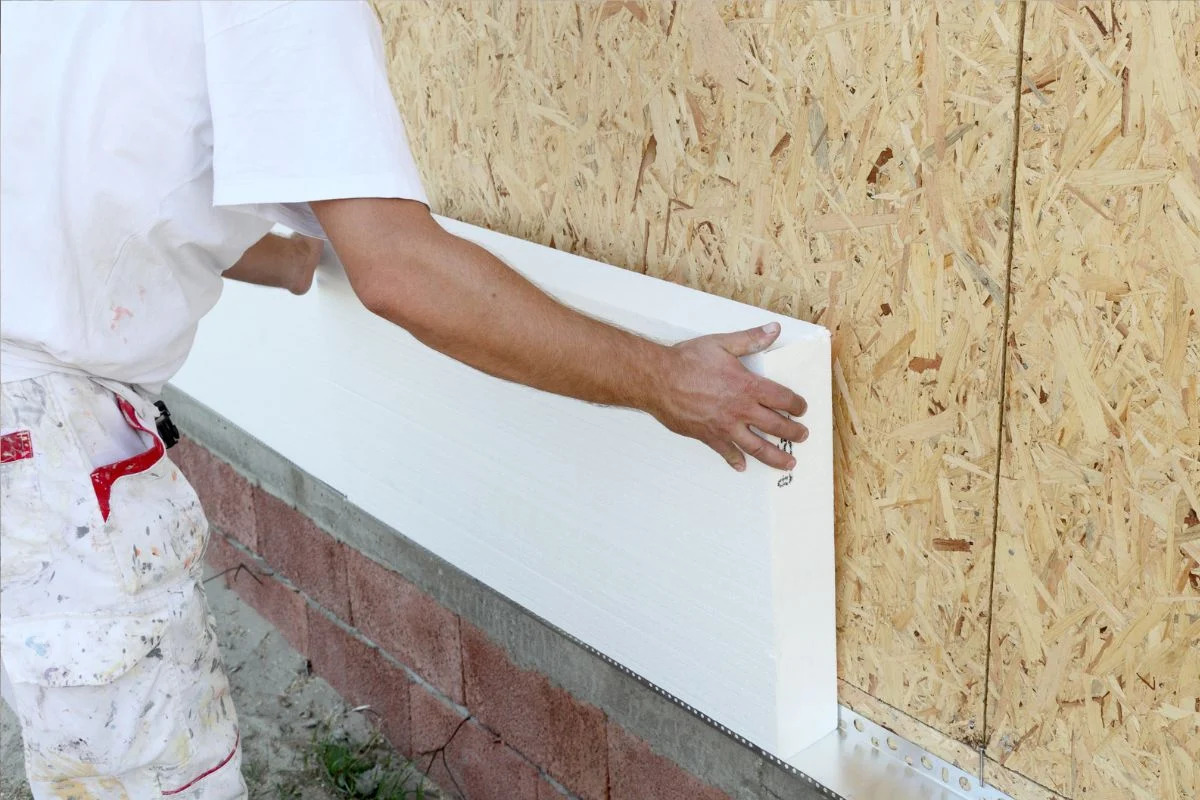
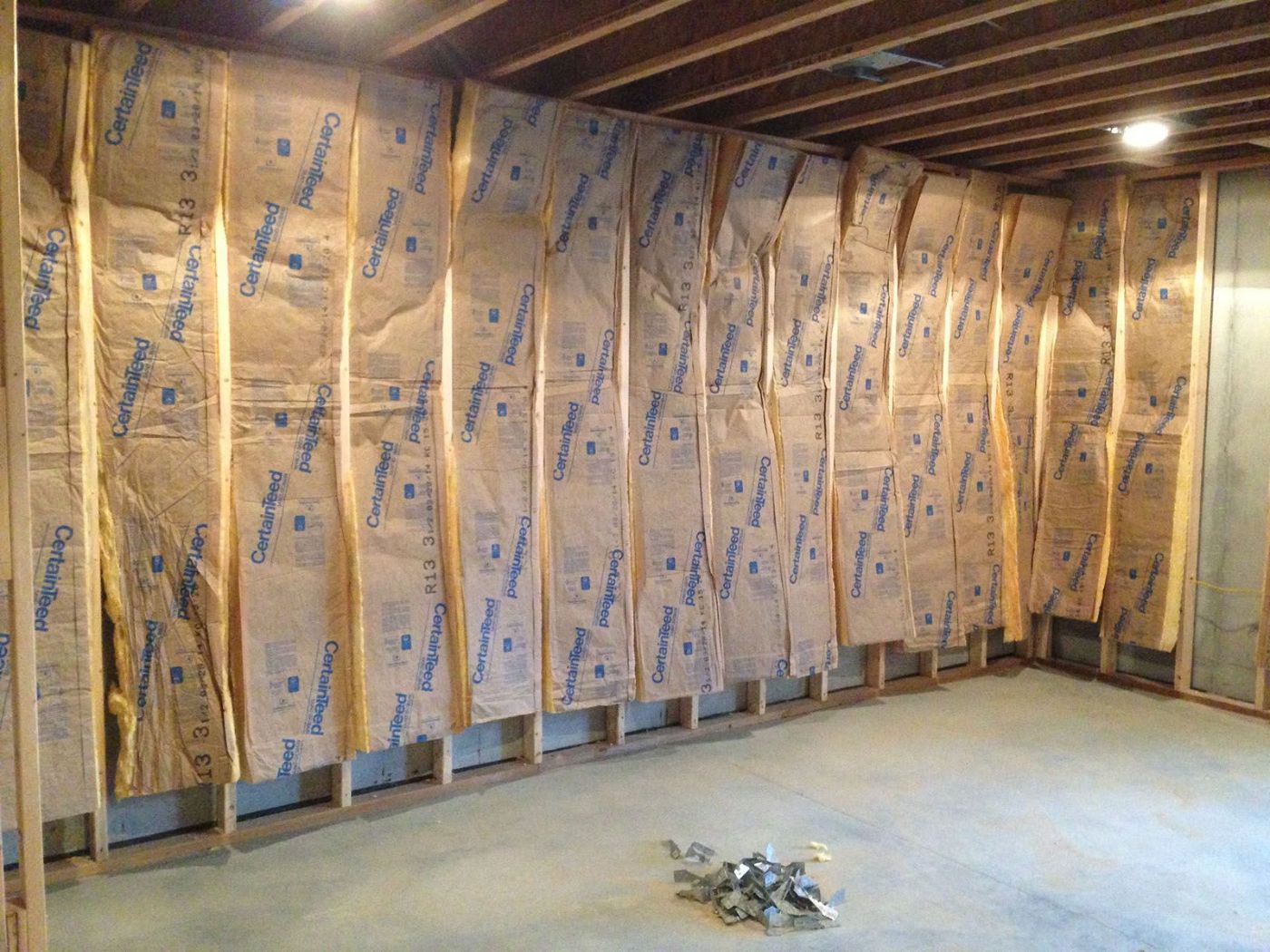
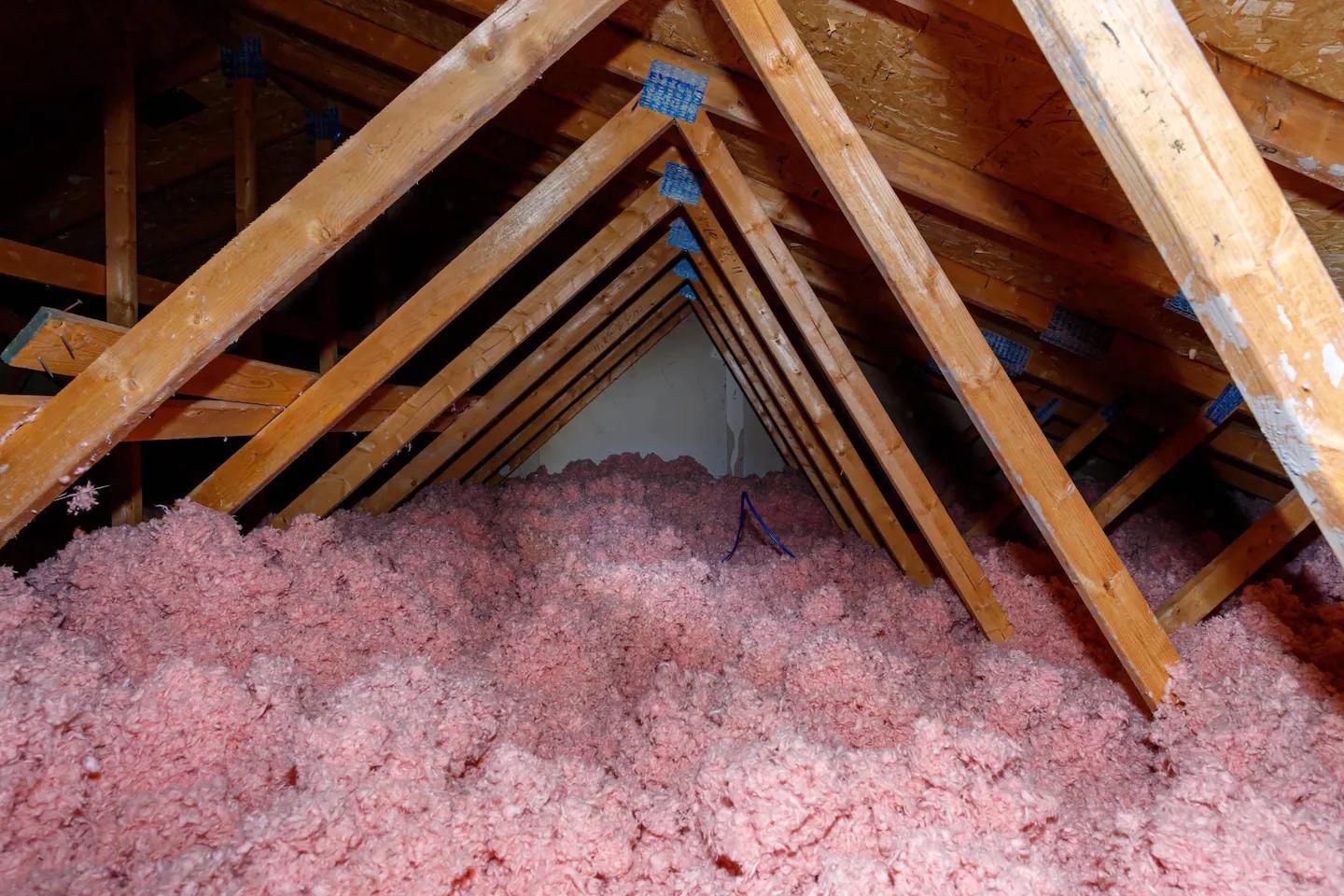
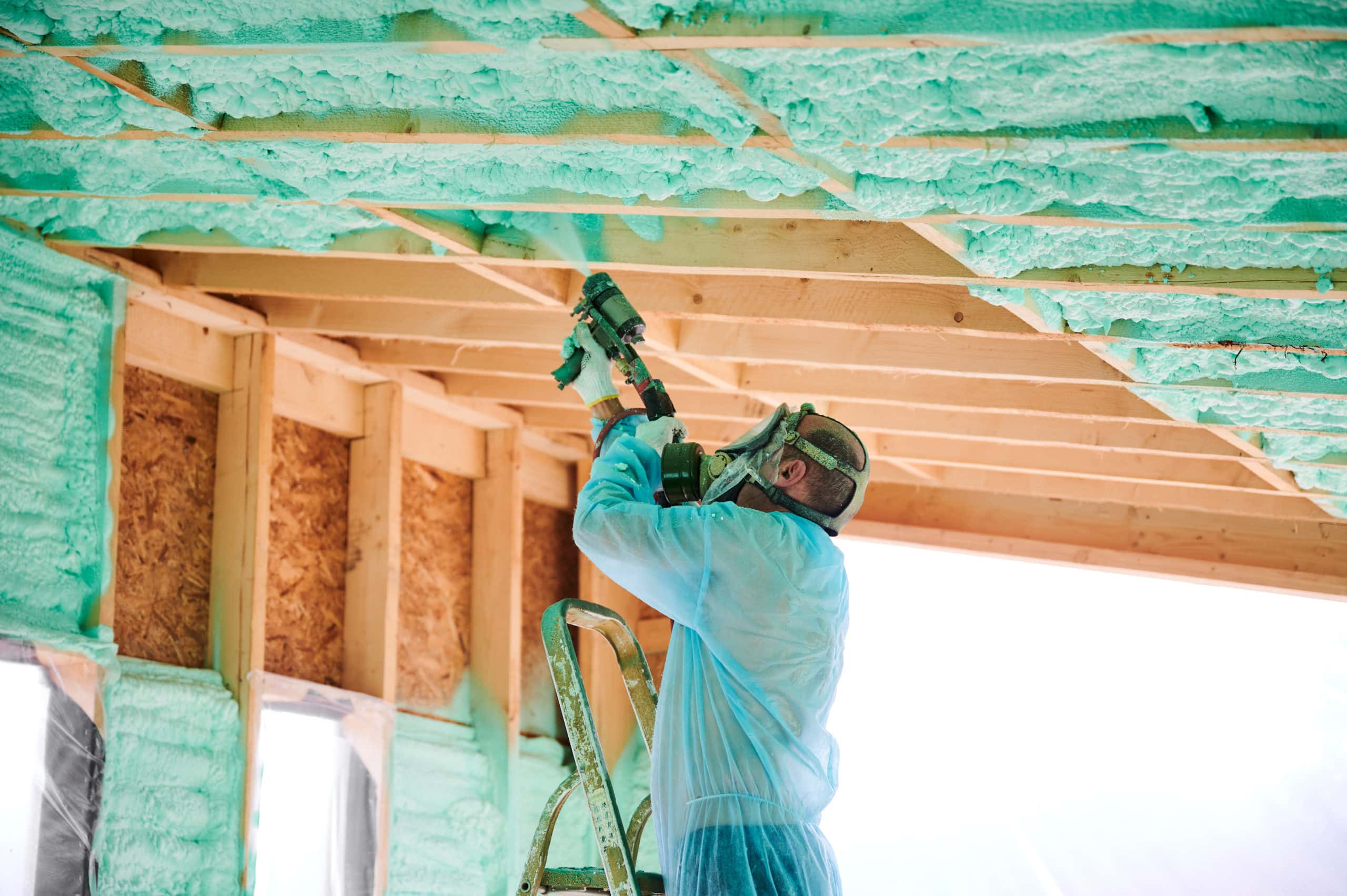

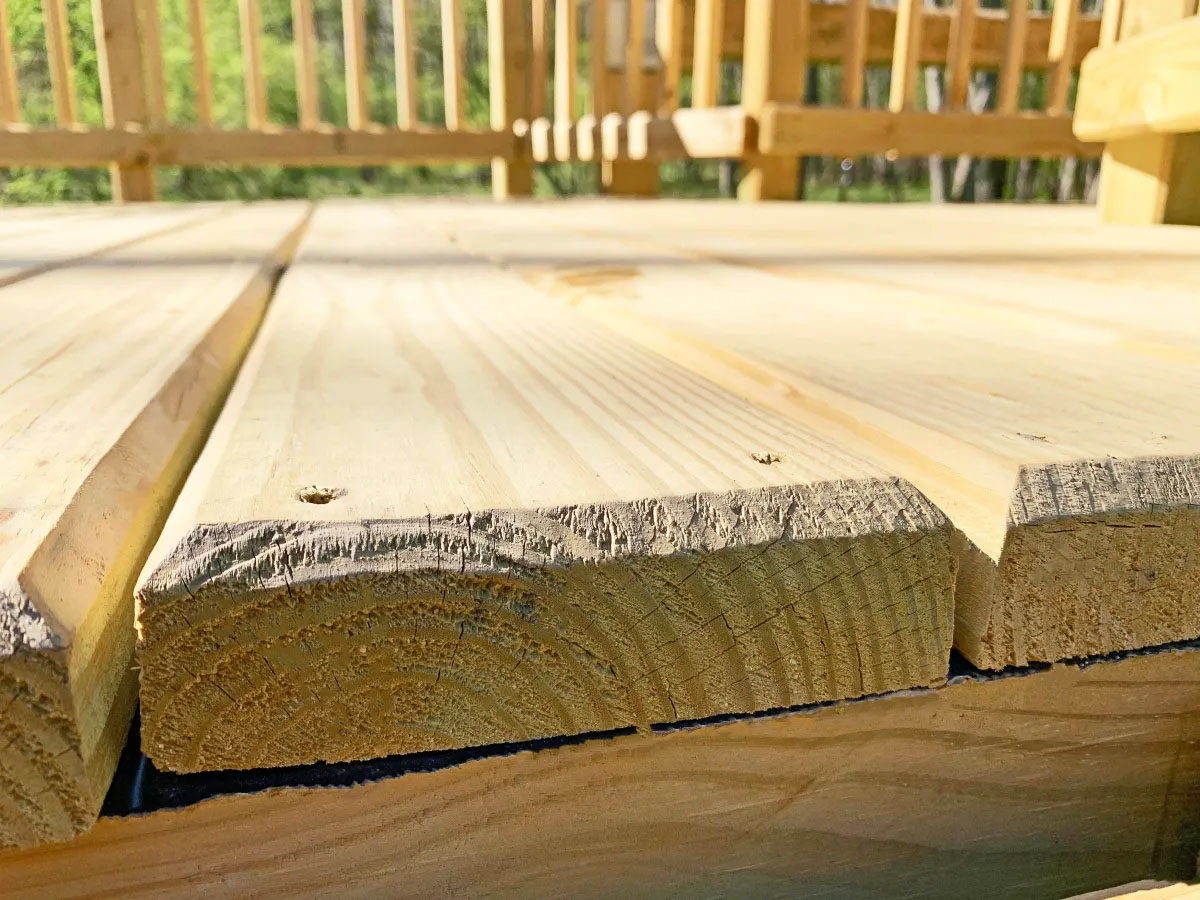
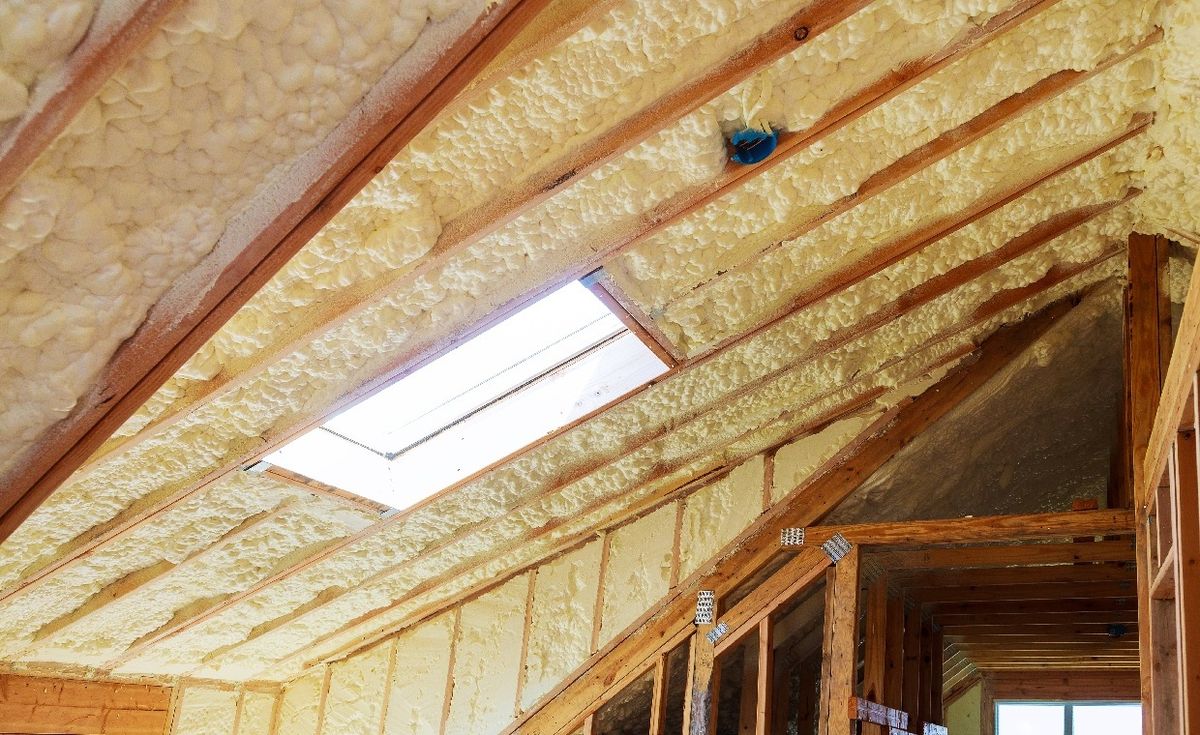
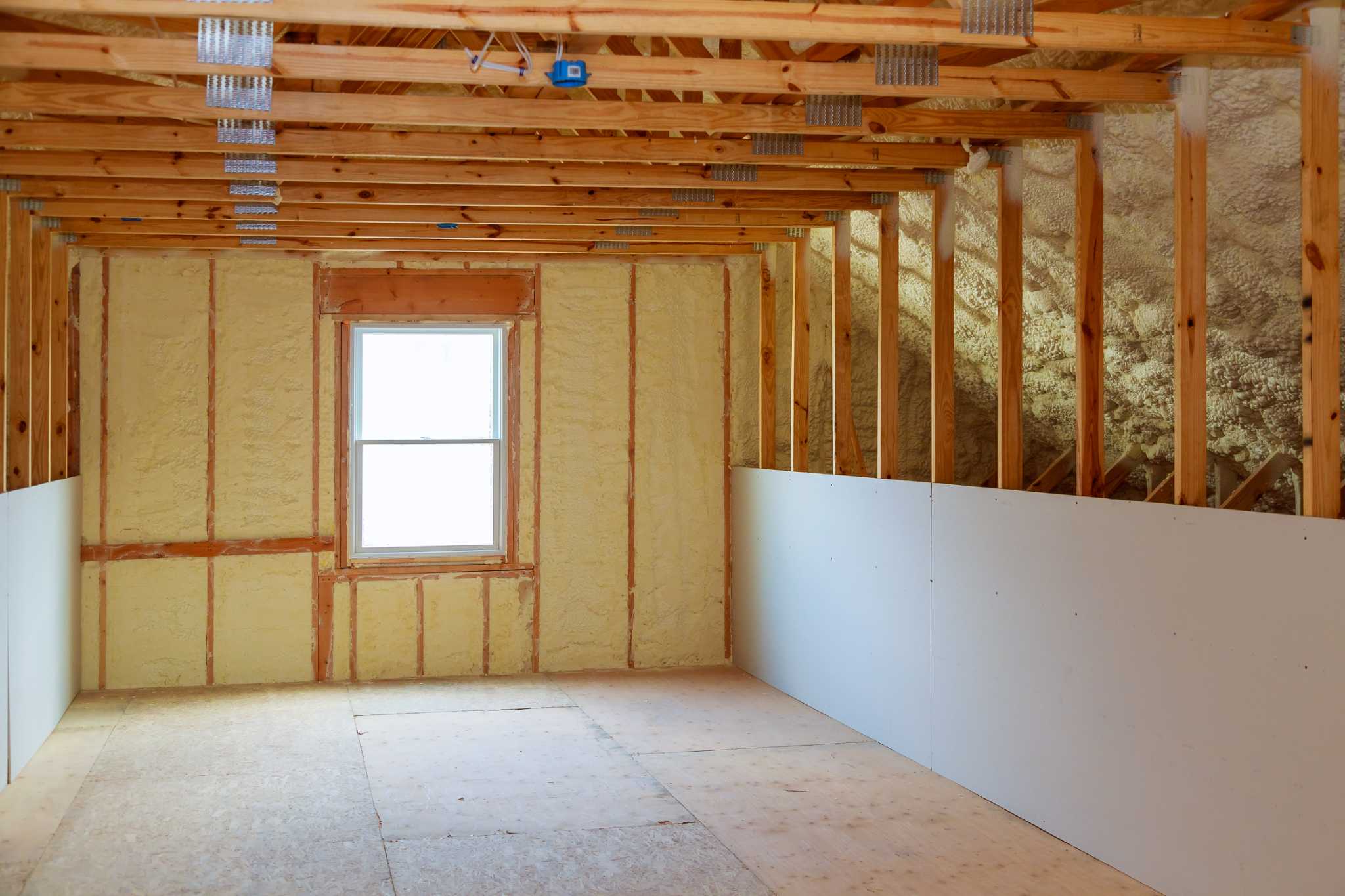
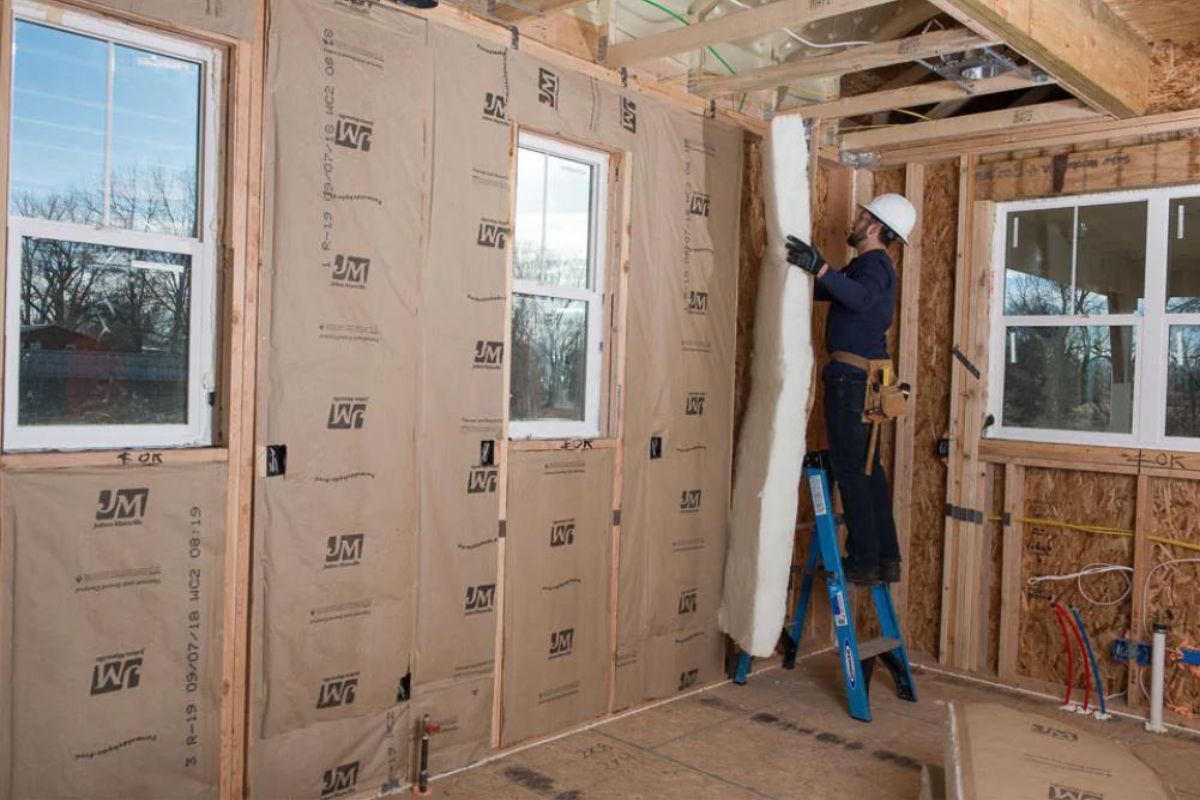
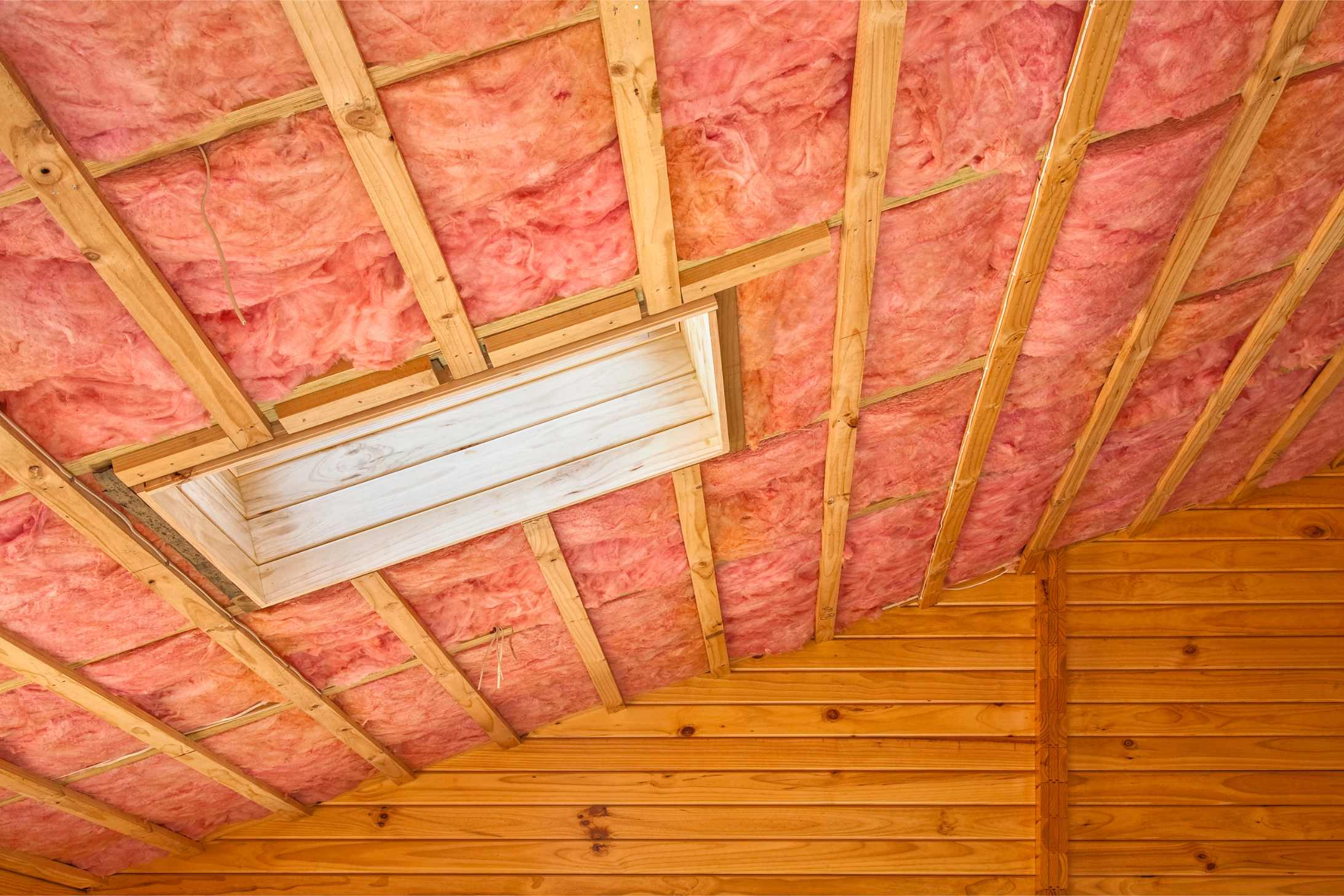
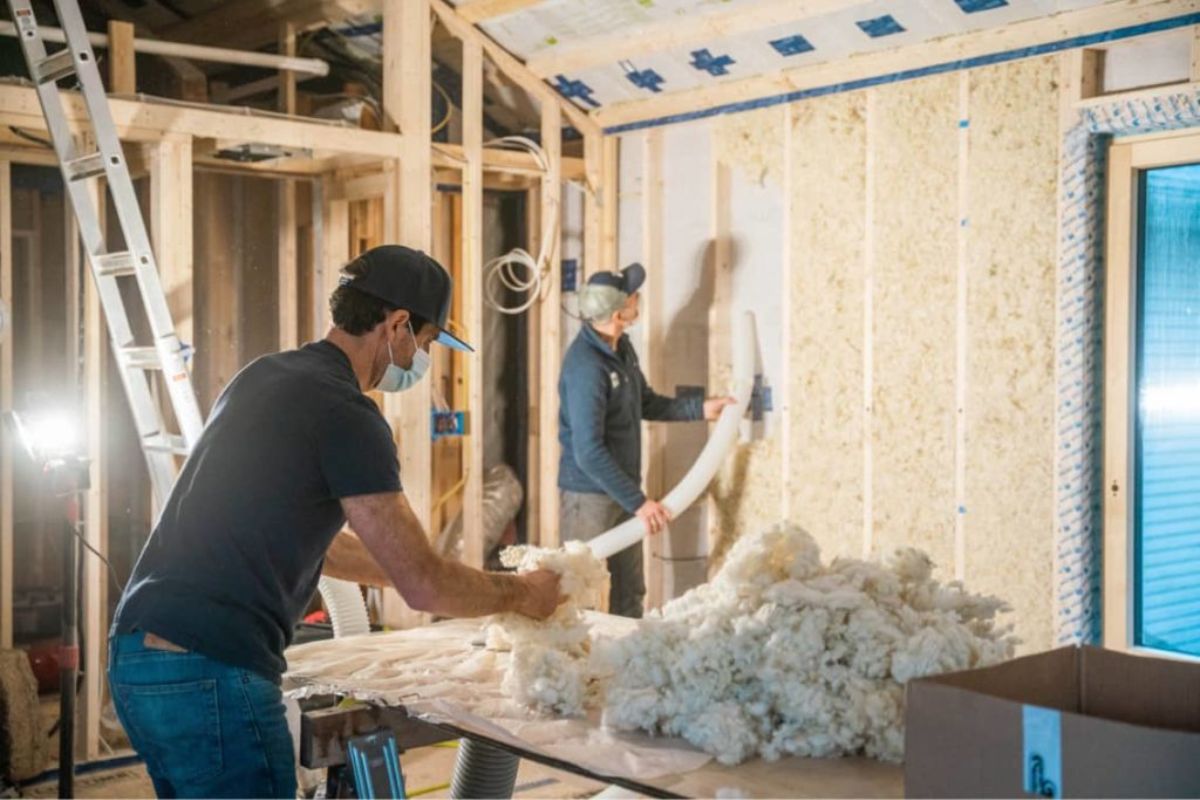

0 thoughts on “How Thick Should Foam Board Insulation Be”